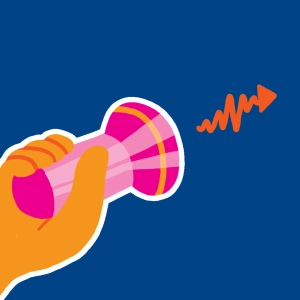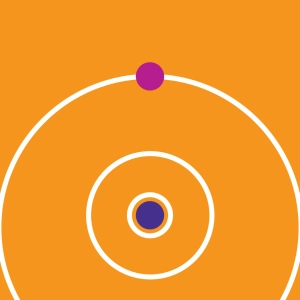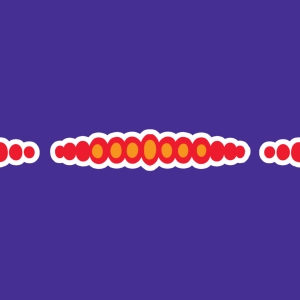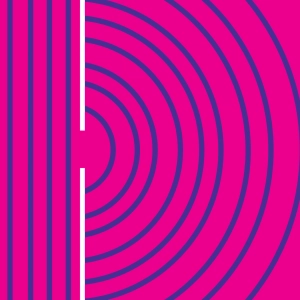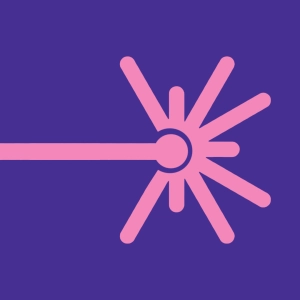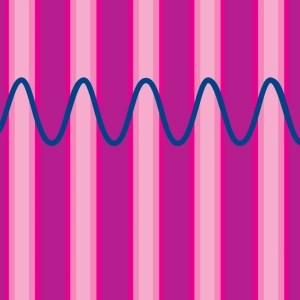 Interference fringe
Interference fringe
Learning objectives
- To simulate the interference patterns in the case of a light wave.
- To understand the experience of Young slits.
- To be able to define the parameters that govern the interference patterns.
When two light waves of the same frequency, the same amplitude, and phase arrive at a point on a screen, they are superimposed, giving rise to an "interference pattern." Maximum illumination zones, and zones of zero illumination appear. Fringe distance is the distance on the screen between two bright fringes or dark fringes.
The observation of such interference fringes is irrefutable proof of the wave behavior of light. Interferometry experiments of Thomas Young and Augustin Fresnel in the early nineteenth century confirm a theory already set a century earlier by Huygens that light behaves like a wave and not particles as suggested by the particle model of Isaac Newton.
Note: We now know that light behaves either as a wave or as a stream of particles according to the type of experiments. This is called wave-particle duality.

Discover EduMedia for free
The interactive encyclopedia that brings science and math to life in the classroom.
Over 1,000 resources

